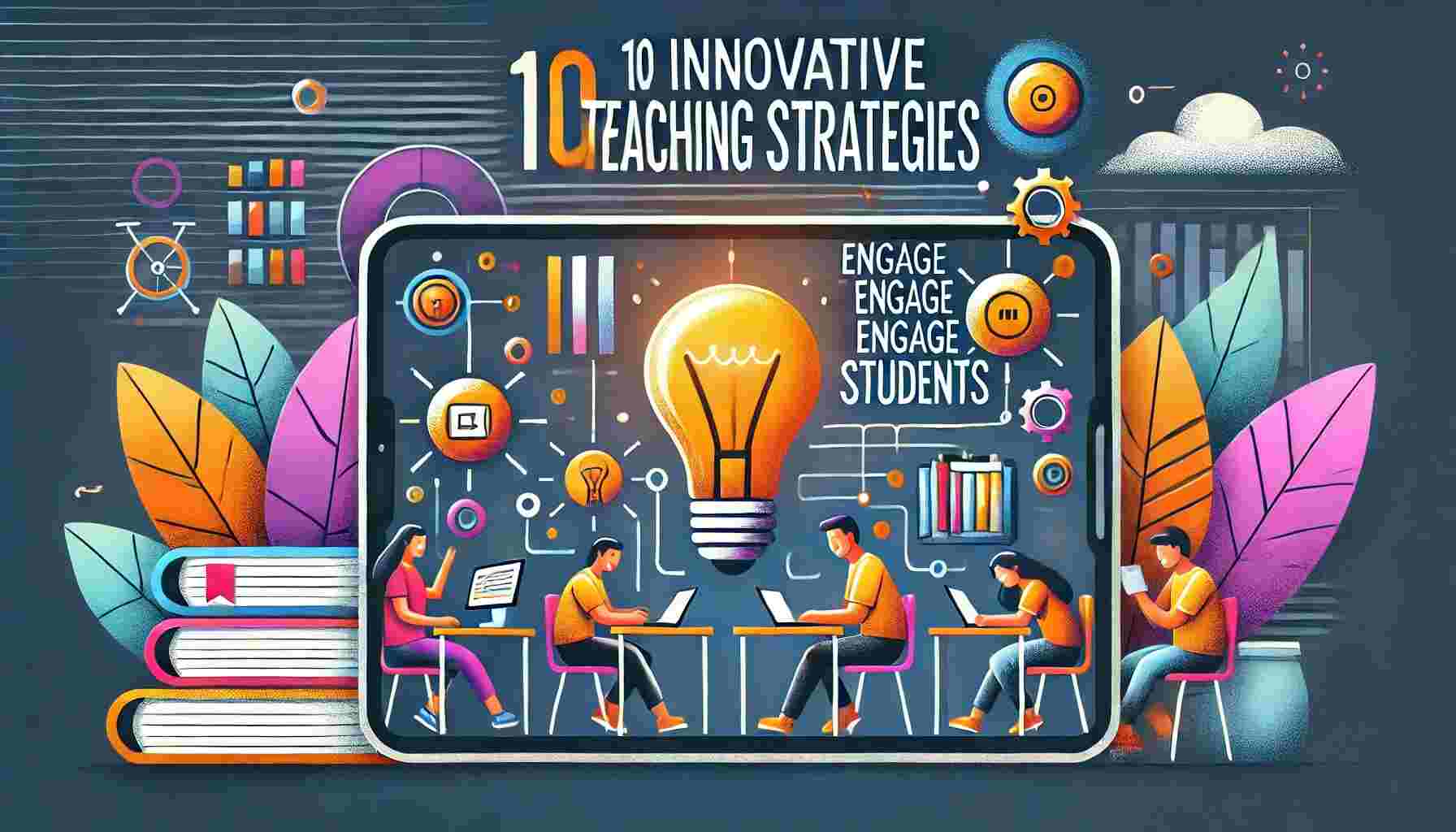Here’s a refined version of 10 Innovative Teaching Strategies to Engage Students, with examples tailored to different subjects and grade levels.
1. Gamification of Learning 🎮
Turn lessons into interactive games using leaderboards, points, and challenges.
✅ Example: In a math class, use Kahoot! for quiz-based competitions, where students earn points for correct answers. In English, a digital escape room can reinforce vocabulary and grammar skills.
2. Flipped Classroom 🔄
Students study new concepts at home (videos, articles), and classroom time is for discussions, problem-solving, and activities.
✅ Example: A science teacher assigns a video on Newton’s Laws for homework. In class, students conduct experiments to test the laws in action.
3. Project-Based Learning (PBL) 🏗
Students tackle real-world problems by working on projects that require research, collaboration, and creativity.
✅ Example: In a history class, middle schoolers create a documentary about a local historical site. In elementary science, students design and test water filters to learn about clean water solutions.
4. Inquiry-Based Learning ❓
Encourage students to ask questions, investigate, and discover answers independently.
✅ Example: In a biology class, students explore “Why do leaves change color in autumn?” by researching and conducting hands-on leaf experiments.
5. Peer Teaching & Collaboration 🤝
Students take turns explaining topics to classmates, reinforcing their own understanding.
✅ Example: In a language arts class, students pair up, with one explaining grammar rules while the other creates real-world examples. In math, groups teach each other different problem-solving strategies.
6. Augmented Reality (AR) & Virtual Reality (VR) 🌍
Use AR/VR to make abstract concepts come to life.
✅ Example: In a geography class, students use Google Earth VR to take a virtual field trip to the Grand Canyon. In anatomy class, AR apps let students explore 3D models of the human body.
7. Storytelling & Role-Playing 🎭
Turn lessons into narratives or performances to boost engagement.
✅ Example: In a literature class, students reenact scenes from Romeo and Juliet to explore themes. In social studies, they take on roles in a simulated United Nations debate.
8. Personalized Learning Paths 🚀
Use technology to tailor lessons based on student progress and needs.
✅ Example: In a math class, software like DreamBox or Khan Academy adjusts difficulty levels based on student responses. In reading, students follow personalized book recommendations and pace themselves.
9. Cross-Disciplinary Learning (STEAM Approach) 🔬🎨📊
Blend subjects to deepen understanding and creativity.
✅ Example: In an art-meets-science project, students create 3D cell models using clay. In a music-math crossover, students analyze rhythms and beats to learn about fractions.
10. Real-World Connections & Experiential Learning 🌱
Bring learning to life with real-world applications.
✅ Example: In economics class, high school students create and run a small business. In elementary school, students grow a vegetable garden to study plant life cycles and sustainability.
